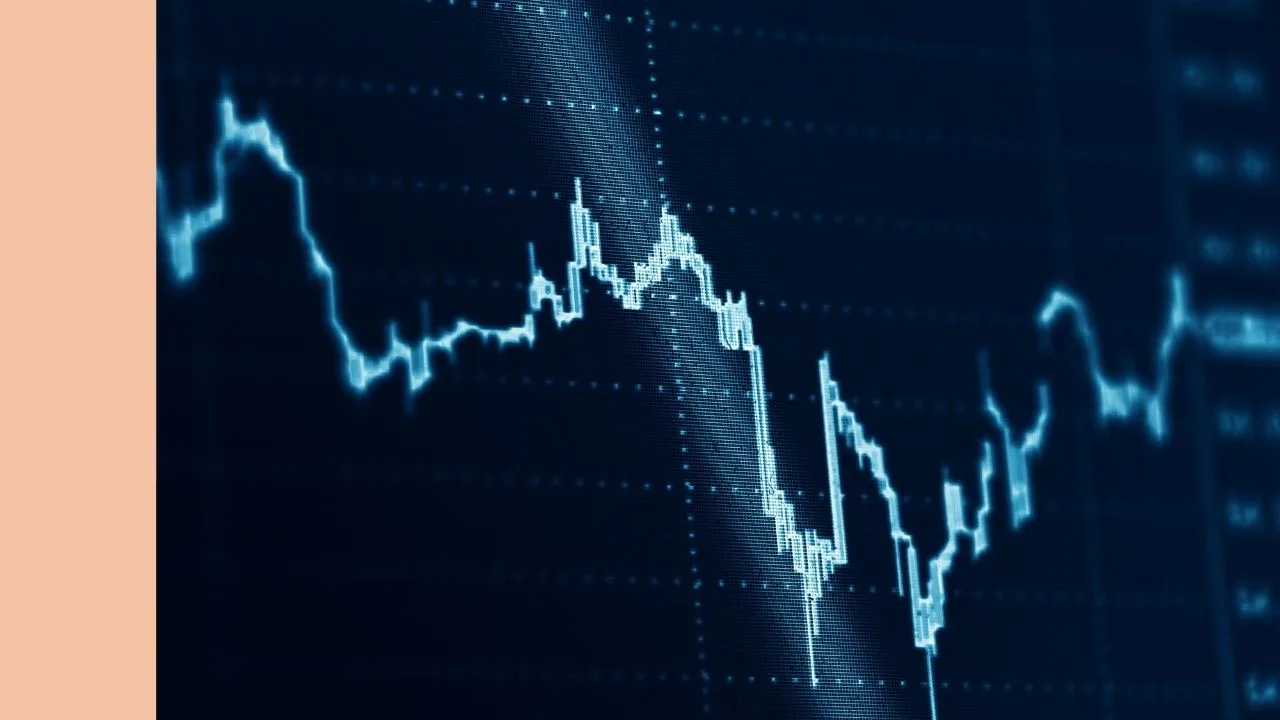An ASX share dividend 8% fully franked. That’s a very tempting dividend. But National Australia Bank Limited (ASX: NAB) shares may not be as tempting as they first appear, as I explain below.
About NAB
NAB is one of the four largest financial institutions in Australia in terms of market capitalisation, earnings and customers. However, in 2018, it was Australia’s largest lender to businesses and has operations in wealth management and residential lending.
Risks To NAB’s Dividend
1. High payout ratio.
NAB currently has a payout ratio of around 85%. This is considerably higher than Commonwealth Bank of Australia (ASX: CBA) and Australia and New Zealand Banking Group (ASX: ANZ). ANZ pays ‘just’ 61% of its yearly profits back to shareholders as a dividend (that’s where the term ‘payout ratio’ comes from).
Investors have to question whether NAB can continue to offer profits back to shareholders at a considerably higher rate than the rest of the Big Four banks, or whether it’s in the bank’s best interest long term.
Franking credits.
A Labor victory at the upcoming federal election will mean changes to franking credit policies. This could negatively affect the value that investors place on dividends, dragging down the NAB share price. This Rask Media article looks at the proposed changes in more depth.
Falling margins.
Almost all banks have been raising mortgage rates recently, despite the RBA holding the cash rate steady.
The commonly cited reason is decreasing profit margins, partially due to higher overseas borrowing costs. This forces banks like NAB to raise their interest rates to keep their profit margin intact. However, this is a double-edged sword because higher mortgage interest rates could lead to an increase in defaults or bad debts from consumers who cannot keep up with interest rate increases.
Slowing economy.
The International Monetary Fund recently downgraded the outlook for the Australian economy for 2019 and 2020, predicting slower GDP growth. Business lending is extremely important to NAB’s bottom line, and a slowing economy may scare away business owners looking to borrow money and expand.
Dividends are not term deposits.
While the NAB dividend yield is significantly higher than any return you could get from an Australian term deposit, it is far from guaranteed. Dividends could be affected by any or all of the factors I mentioned above.
Are NAB Shares A Buy For Dividend Income?
The answer to that question might depend on what your risk tolerance is. There is certainly a case for buying NAB shares. For example, even if the dividend yield decreases it may still be higher than most other ASX shares.
However, I think there are other options for high dividend yields, with less risk. One I wrote about recently is Sydney Airport Holdings Pty Ltd (ASX: SYD) which has a dividend yield of around 5%. Alternatively, you can get our top analyst’s ASX share ideas in the free report below.
[ls_content_block id=”14945″ para=”paragraphs”]
Disclaimer: At the time of writing, Max does not own shares in any of the companies mentioned.







